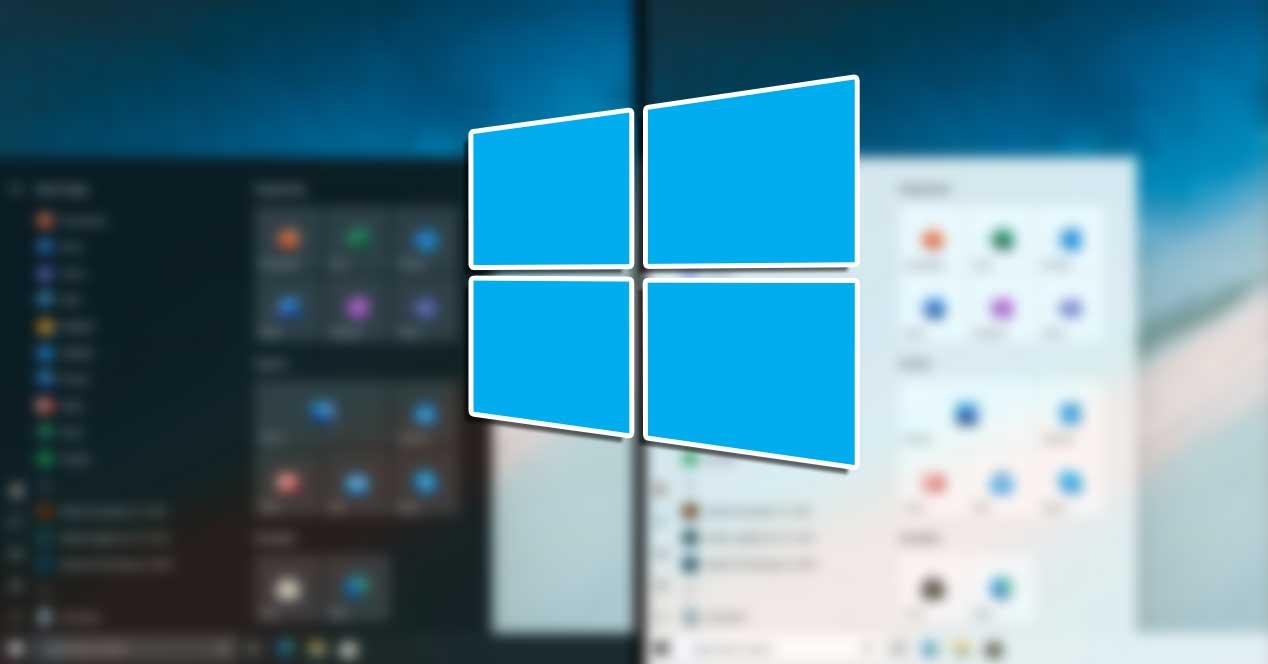
If this problem persists, post this issue to the Microsoft Communities. The window that opens displays the error code for that update. Right-click an update that has a status of Failed, and then select View Details.Click Status to sort by status, and then look for any updates that have a status of Failed.In the navigation pane, click View update history.To do this, click Start, type Update in the search box, and then, in the list of results, click Windows Update.

The window that opens displays the error code for that update.įor Windows 7, Windows Vista, and Windows XP


All these elements make up a unique folder/file name. Visual Studio creates a manifest file in the intermediate output folder which follows the following naming convention.Ī How is a manifest embedded into an application? Mostly side by side dependencies are specified via #pragma comment statements or Visual Studio creates a manifest file which is then embedded into the binary using mt.exe.įor developers all they need is to embed a manifest into their application which I guess most of you would know. If you build your application then you should see following line in the build output window… 1>Copyright (C) Microsoft Corporation. This file will be embedded into the binary as a resource of type RT_MANIFEST which is just an XML file.

Viewing Manifest file embedded into an executable file What does Side by Side Solve? The OS application loader will pick up this file from the application’s resource section and will figure out application dependencies from the manifest entries.


 0 kommentar(er)
0 kommentar(er)
